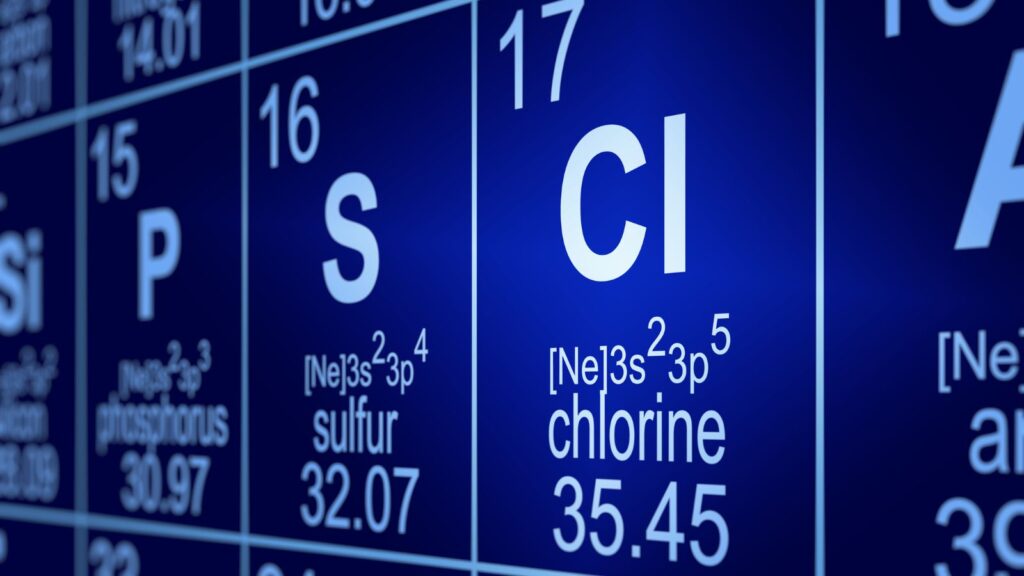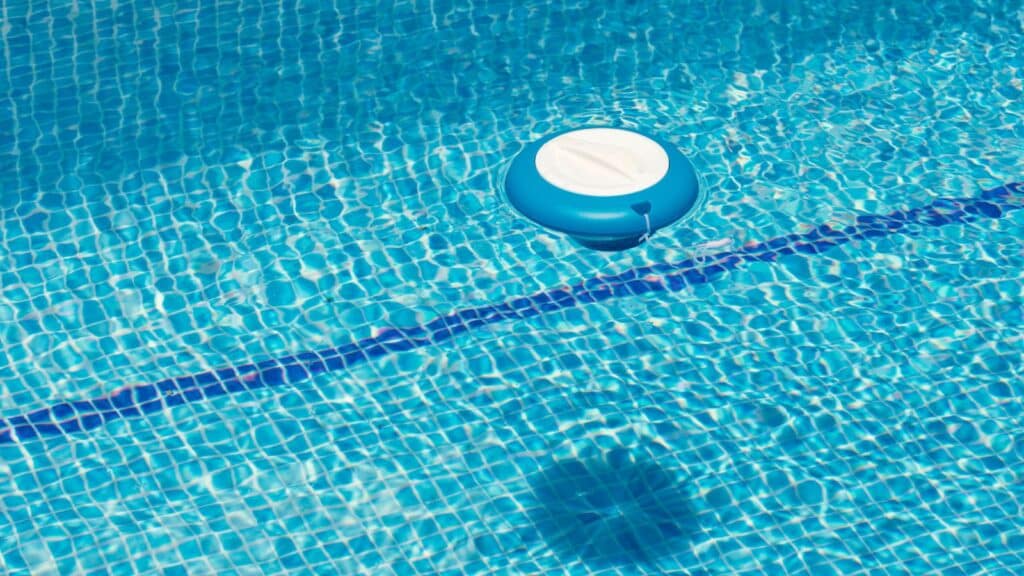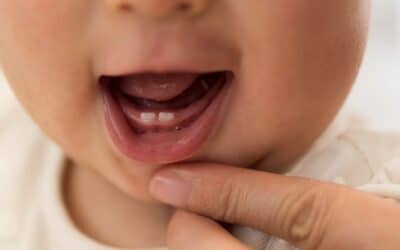Chlorinated water plays a crucial role in public sanitation by eliminating harmful pathogens that can cause diseases. This blog explores the potential risks and preventive measures associated with infant exposure to chlorinated water. It aims to offer insights and advice for parents to help protect their young ones from any adverse effects.
Understanding Chlorinated Water
Chlorinated water plays a pivotal role in ensuring the safety of drinking water. It is essential to grasp what this treatment entails and its implications on water quality.
Chlorination and Its Use in Water Treatment
Chlorination is a common method to purify water that involves the addition of chlorine. This process kills bacteria and other pathogens, ensuring the water is safe for human consumption. Due to its potent disinfectant properties, chlorine is widely used across municipal water supplies, effectively preventing waterborne diseases.
Common Levels of Chlorine in Household Water
It is vital to understand the typical concentration of chlorine in residential water systems to maintain a balance between safety and health.
- Minimum Requirement: Health authorities often mandate a minimum of 0.2 parts per million (ppm) in drinking water to ensure safety from microbes.
- Average Household Levels: Most households find chlorinated water levels range from 0.2 to 4 ppm, which complies with safety standards to prevent germ growth.
- Maximum Safe Limit: The Environmental Protection Agency (EPA) sets the safe upper limit for chlorine at 4 ppm, above which the water might pose health risks.

Chlorinated Water and Baby’s Health
Many parents are concerned about the relationship between chlorinated water and infant health. Researchers have conducted various studies to understand the potential impact.
Review of Scientific Studies on Chlorine Exposure and Infant Health
Several studies highlight the importance to examine chlorinated water’s effects on young children. One pivotal study suggests that infants exposed to high levels of chlorinated water might experience an increased risk to develop respiratory issues.
Another research piece links prolonged exposure to chlorinated water with mild skin irritations in babies. These studies stress the need for cautious use and monitoring of chlorine levels in household water.
Potential Health Effects of Chlorinated Water on Babies
It’s crucial to explore how chlorinated water may impact the health of infants, who are more susceptible to environmental factors.
- Respiratory Issues: Research indicates that babies exposed to elevated chlorine levels may face a higher risk of respiratory conditions. Chlorine’s irritant properties can affect sensitive mucous membranes in infants’ respiratory tracts.
- Skin Irritations: Chlorinated water can also lead to skin issues in babies, such as rashes and dryness. The chemical nature of chlorine may strip natural oils from the baby’s delicate skin, causing discomfort and potential irritation.
- Gastrointestinal Discomfort: Some studies propose a link between chlorinated water consumption and minor gastrointestinal disturbances in infants. The presence of chlorine by-products in drinking water raises concerns about their effects on the developing digestive systems of young children.
Sources of Chlorine Exposure for Infants
Infants can encounter chlorine through various common sources in their daily environment. Caregivers must recognize these sources to manage and reduce exposure.
1. Tap Water
One prevalent source of chlorine exposure is tap water, which often contains this chemical as a disinfectant. Families use tap water frequently for drinking, cooking, and bathing infants, which can lead to repeated exposure.
2. Swimming Pools
Swimming pools are another significant source of chlorine, which acts as a sanitizing agent. While it prevents bacterial growth, the high levels of chlorine found in pools can affect infants’ sensitive skin and respiratory systems.
3. Bottled Water and Beverages
Some types of bottled water and beverages also contain chlorine. Although the concentrations are typically lower than those in tap water, it’s essential to check labels and choose products wisely to minimize chlorine intake.
4. Bathing
The act of bath on infants in chlorinated water exposes them to chlorine through both skin contact and vapor inhalation. Studies suggest that warm water increases vaporization, potentially intensifying exposure.
Protecting Your Baby from Chlorinated Water
Concerns about the effects of chlorinated water on babies demand attention and action from parents and caregivers. To protect infants, strategies that reduce their chlorinated water exposure are essential.
Strategies for Reducing Baby’s Contact with Chlorinated Water
Using water filters can greatly decrease the amount of chlorine in household tap water. Filters attach directly to faucets or are available as part of water pitchers and can be an effective means to ensure that water for drinking and formula preparation is less chlorinated.
Another method is to let tap water sit before use. Chlorine dissipates naturally over time, so water left in an open container for a few hours has less chlorine, making it safer for a baby’s consumption and use.
Lastly, invest in bottled water certified as low chlorine for baby formula preparation. This ensures the infant does not consume chlorinated water, thus reducing the risk of ingesting harmful chlorine by-products.
Tips for Safer Bathing and Swimming Practices
Ensuring your baby’s well-being may include picking safer practices in their bathes and swims to limit their exposure to chlorinated water.
- Opt for Shorter Baths: Minimize your baby’s time in the tub to reduce chlorine exposure through the skin and inhalation.
- Keep Water Temperature Moderate: Use lukewarm water for bathing. Hot water can increase chlorine vapor release, which babies might inhale.
- Swim in Outdoor Pools or Natural Bodies of Water: These options often contain less chlorine and reduce the risk of infants breathing in chlorinated fumes.
- Rinse Before and After a Swim: This practice helps remove any residual chlorine on the baby’s skin, which can prevent irritation and dryness.
Expert Opinions and Parental Guidance
Parents often express concern about chlorinated water and its impact on babies. Seeking expert opinions and adhering to recommended guidelines ensures infants’ health and safety.
Advice from Pediatricians on Chlorinated Water
Most pediatricians underscore the importance of minimizing babies’ exposure to chlorinated water. They recommend using filtered or bottled water for drinking and formula preparation to prevent ingestion of chlorine and its by-products. Pediatricians emphasize that attentive measures can protect infants from potential health risks associated with chlorinated water.
Health Authorities on Chlorinated Water and Babies
Health authorities often highlight the need for caution when exposing babies to chlorinated water, especially in swimming pools. They advocate for parents to choose swimming times when chlorine levels are at their lowest and insist on pre-swimming showers to minimize chlorine absorption through the skin. Following these guidelines can reduce the potential health impacts of chlorinated water on infants.
The Role of Water Quality in Baby’s Health
Parents often overlook water quality’s critical role in their baby’s overall health. Tap water must be tested regularly for chlorine and other contaminants to ensure its safety for baby use. High-quality, filtered water not only supports infants’ healthy development but also prevents exposure to potentially harmful substances.
Measures such as installing a home water filtration system or opting for certified bottled water for baby consumption can offer peace of mind. Parents must prioritize water quality to safeguard their baby’s health and well-being.

Conclusion
Throughout this guide, we have addressed concerns regarding chlorinated water and its potential effects on babies. Key takeaways include the necessity for parents to filter water used for baby consumption, ensure baths feature moderate temperatures and brief durations, and swim less in chlorinated environments.
Health experts recommend these practices to safeguard infants from the risks chlorinated water may pose. Parents are responsible for remaining informed and proactive to protect their children from such environmental factors.



